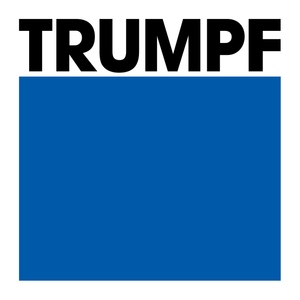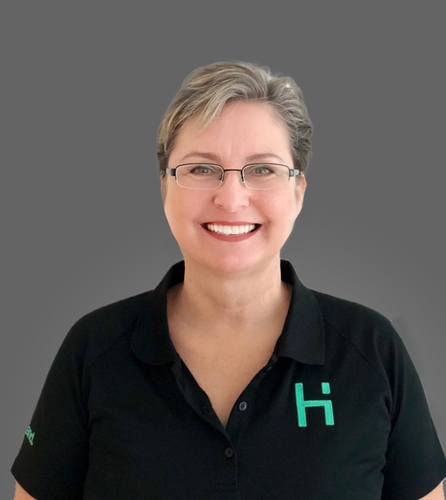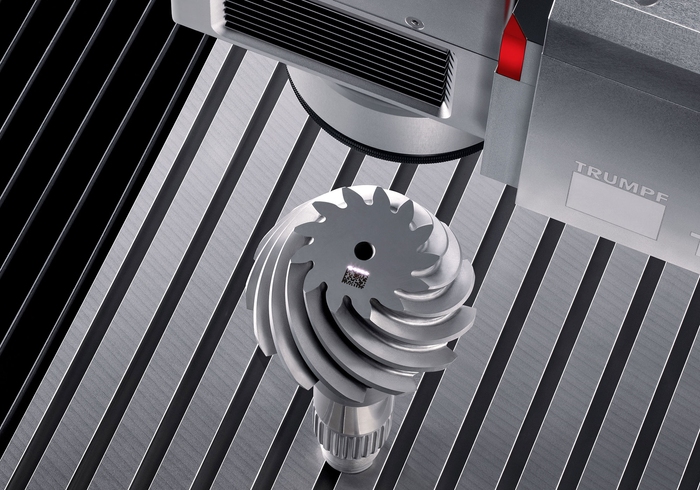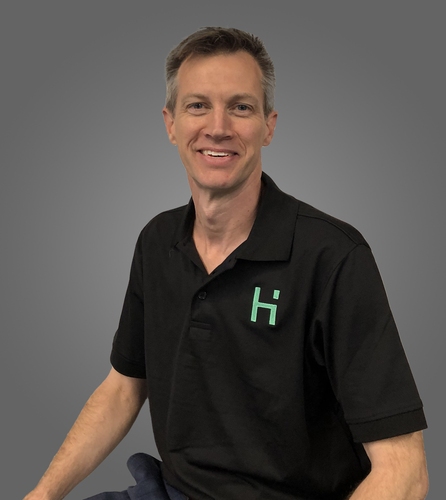Laser structuring – Applications and Benefits
A common application for short-pulse lasers is the modification of surface structures. During laser structuring, the laser creates new geometries so that the technical characteristics are changed, and a new functionality is developed. For example, scoring or applying small depressions on bearing surfaces for improved tribological properties.
The individual elements in such structures often measure only a few micrometres, so controlling the effect of heat at the surface is important. Short laser pulses with very high pulse power generate such high energy densities that the material usually evaporates immediately (sublimation), so that each laser pulse produces a small depression and melt is predominately prevented.
Surface roughness, electrical and thermal conductivity, and wettability are all examples of surface characteristics that can be altered with laser structuring.
What are the benefits of laser structuring of surfaces?
- Environmentally friendly:no need for blasting agents or chemical substances, eliminating complex and costly processes and materials.
- Reproducible and precise: the laser achieves controlled structures, at micrometre level, which are very easy to reproduce.
- Low maintenance: compared to mechanical and chemical processes with tool wear and corrosion, laser is non-contact and wear-free.
- No post-processing: there is no melt or other processing residue left on the component with laser processing.
How does the laser structuring procedure work with metal?
In laser structuring, regularly arranged geometries are generated in surfaces in a reproducible way using laser radiation (usually pulsed). The laser beam melts or vaporises the material in a controlled manner, creating a defined structure thanks to appropriate process management.

- The laser radiation hits the workpiece surface.
- The laser rapidly imparts energy to the absorbing material.
- Structures are generated as material is removed and the melt solidifies.
Typical laser structuring applications
Adhesion and long-term stability of bonded connection due to laser cleaning and structuring

When bonding, surface pretreatment and preparation with a laser is an important part of the process chain and an effective and environmentally friendly alternative to conventional preparation procedures. For example, cleaning and structuring in preparing for bonding battery cells to trays.
Laser structuring for adhesive bonding preparation

Adhesive bonding technologies require clean and slightly textured surfaces. Structuring and cleaning are carried out in one process step with the laser before adhesive bonding – locally at the seam joint. Better wettability is achieved with the adhesive agent thanks to structuring. This increases the adhesion and long-term stability of the bonded connection. This laser process can be easily integrated into automated production lines.
Laser structuring a connecting rod

The tribological characteristics of functional surfaces can be improved precisely with laser structuring. This procedure is used in the production of automotive components.
Structuring for frictional and form-locking metal-plastic connections

The laser creates microstructures in the metallic mating part with undercuts which facilitate the plastic gripping into the metallic surface. This procedure is used in the production of automotive components or white goods, for example. Hybrid metal-plastic connections are playing an increasingly important role in lightweight design since they combine the high strength and rigidity of metals with the low weight and great design freedom of plastics.
Structuring for frictional and form-locking metal-plastic connections

The laser creates microstructures in the metallic mating part with undercuts which facilitate the plastic gripping into the metallic surface. Such connections are used in cooling heating systems, for example, the battery system cooling in the battery pack. It provides optimum operating conditions.
Laser structuring is a highly versatile and precise technique for modifying the surface properties of materials like metals and plastics. By creating microscopic, geometric patterns on the surface, laser structuring can improve characteristics like friction, adhesion, conductivity, and more.
Laser structuring has proven valuable across many industries, improving adhesion for bonding applications, optimising sliding properties in automotive components, facilitating form-locking connections between metals and plastics for lightweight design, and enhancing surfaces in thermal management systems like battery coolers. As lasers continue to advance, laser structuring will likely enable even more creative ways to engineer surfaces with tailored functionalities.
Are you an industry involved in manufacturing components or products that require precise surface modifications, improved tribological properties, metal-plastic hybrid designs, or optimised adhesion and bonding?
Contact our advanced manufacturing and TRUMPF experts and see how you could benefit from understanding and applying laser structuring technology.









